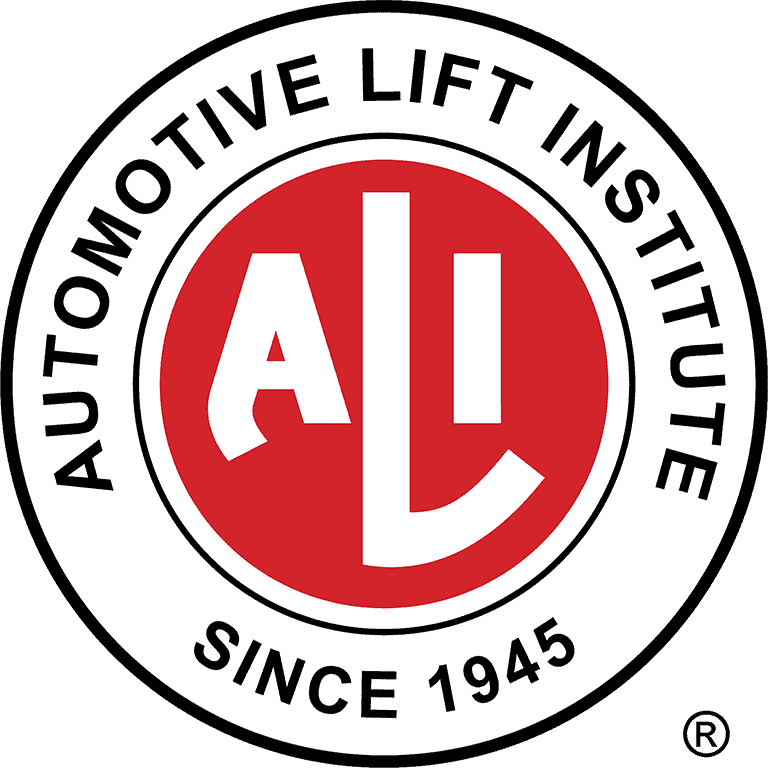Service Bay Safety (Reproduced with permission from Professional Tool & Equipment News)
03-01-2008OSHA—Making the business case for safety
Professional Tool & Equipment News and Fleet Maintenance – Reproduced with Permission
Automobiles have come a long way in design, workmanship and production since Henry Ford rolled out the first Model T in 1908. As an advocateof innovation, Ford would likely marvel at today’s selection of vehicles, technological advances, and the many gadgets and options that customers can select to fit their needs and preferences.
 These four-wheeled machines require qualified engineers and mechanics to understand the intricacies of how they work. Though today’s vehicles differ in appearance and function to some degree, the equipment and tools to repair them are virtually the same, and so are the requirements for workplace safety and health.
These four-wheeled machines require qualified engineers and mechanics to understand the intricacies of how they work. Though today’s vehicles differ in appearance and function to some degree, the equipment and tools to repair them are virtually the same, and so are the requirements for workplace safety and health.
Automotive repair shop employers must ensure that their employees possess and maintain a comprehensive understanding of how to operate their equipment and follow procedures when working with hazardous materials, cleaning solvents and other potentially dangerous fluids.
For example, aerial lifts, sometimes called hydraulic lifts or jacks, are used to lower or raise work platforms or objects of significant weight. Automobile shops often use lifts to elevate vehicles to make repairs. Standing underneath a 3,000-pound mass of metal can be very risky. Among other hazards, mechanics face severe injury if an improperly secured aerial lift malfunctions.
According to the Bureau of Labor Statistics, in 2005 there were 1.5 injury and illness lift-related incidents for every 10,000 full-time automotive repair and maintenance employees. In that same year, eight fatal occupational injuries involving jacks (lifts) occurred. In 2006, the rate for lift-related injury and illness incidents increased to 4.6, while the number of fatal occupational injuries involving jacks rose to 13.
Our mission at OSHA is to assure safe and healthful working conditions for America’s working men and women. To accomplish this mission, OSHA has developed a wide variety of resources to assist employers and employees with the best practices and most effective approaches to create and maintain a safe work environment.
Businesses in the U.S. incur an estimated cost of $170 billion a year from occupational injuries and illnesses – about $1,300 per employee. Increases in injuries and illnesses result in higher workers’ compensation costs, decreased productivity, possible government Fines and legal fees, and increased employee turnover, all leading to a negative impact on a company’s bottom line. This is not to be overshadowed by the personal impact on injured employees and their families.
OSHA’s Safety and Health Topics page, “Making the Business Case for Workplace Safety and Health” (http://www.osha.gov/dcsp/products/topics/businesscase/index.html), highlights the significant economic benefits employers can achieve while also fulfilling their safety and health responsibilities. The page provides free resources, safety and health information and case studies to help employers succeed. Many OSHA Alliance Program participants contribute to this topics page, sharing their expertise and experience to develop valuable guidance and training materials to reduce occupational injuries and illnesses.
Compliance with safety and health requirements is part of doing business the right way.
Employers will find many useful resources on OSHA’s Compliance Assistance web page (http://www.osha.gov/dcsp/compliance_assistance/index.html), including free information on work-related injury and illness prevention, compliance with the Occupational Safety and Health Act, and OSHA’s cooperative programs.
Businesses, such as automobile repair shops and distributors, can benefit from OSHA’s Alliance and On-site Consultation Programs. Through its Alliance with OSHA, the Automotive Lift Institute (ALI) has shared its expertise in developing automotive lift training courses; safety tip cards and vehicle lifting guides; and a Safety Video Kit. OSHA’s On-site Consultation Program features a free, confidential, informational session with an OSHA consultant who advises employers of potential hazards at their worksites and on ways to improve their occupational safety and health management systems.
These helpful programs represent a small number of the vast resources OSHA provides to businesses nationwide. The OSHA and ALI Alliance has made substantial progress in spreading the message that employers in the automotive industry who invest in a safety and health management system for their workplace can lower their workers’ compensation premiums, reduce employee turnover, increase labor productivity and, most importantly, increase profits.
Maintaining a safe and healthful workplace just makes good business sense. Henry Ford would be proud…..Read the full article here.
Edwin G. Foulke Jr. is the
assistant secretary of labor
for OSHA.
